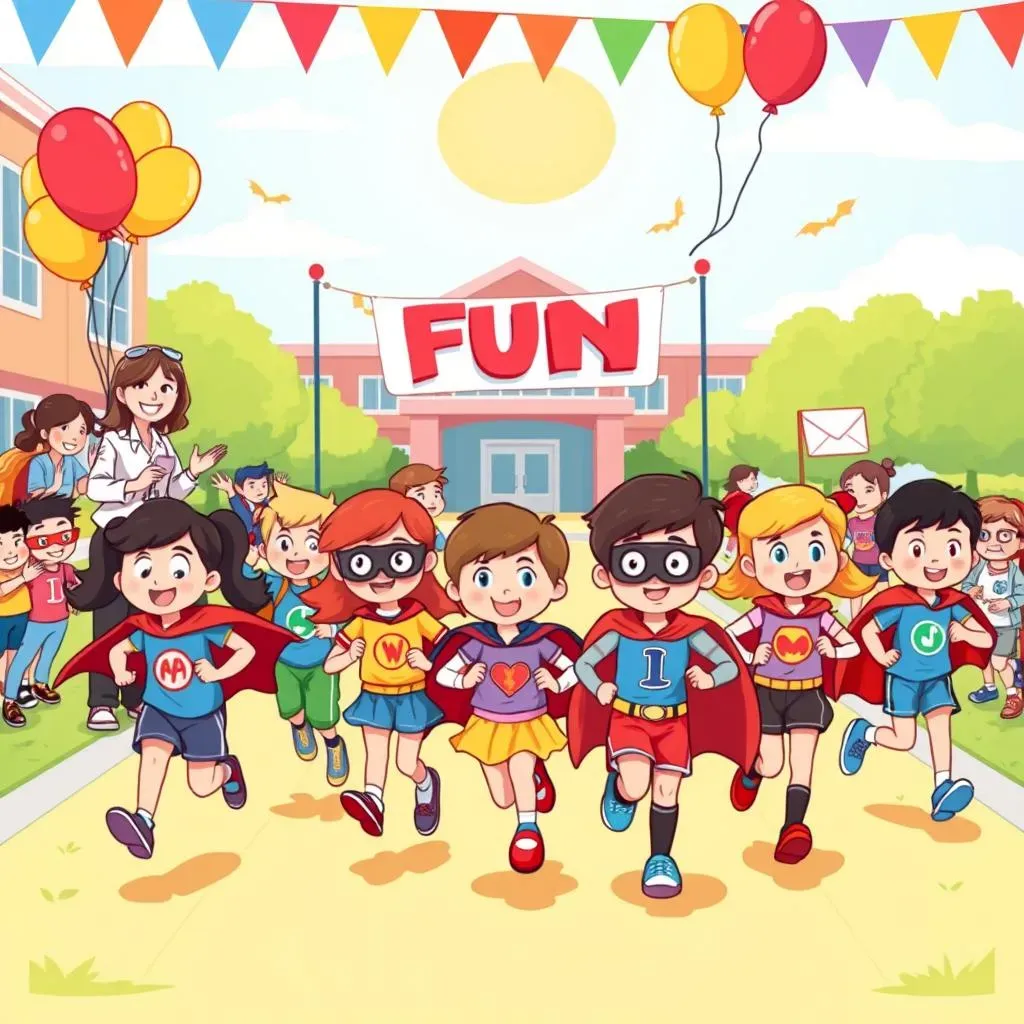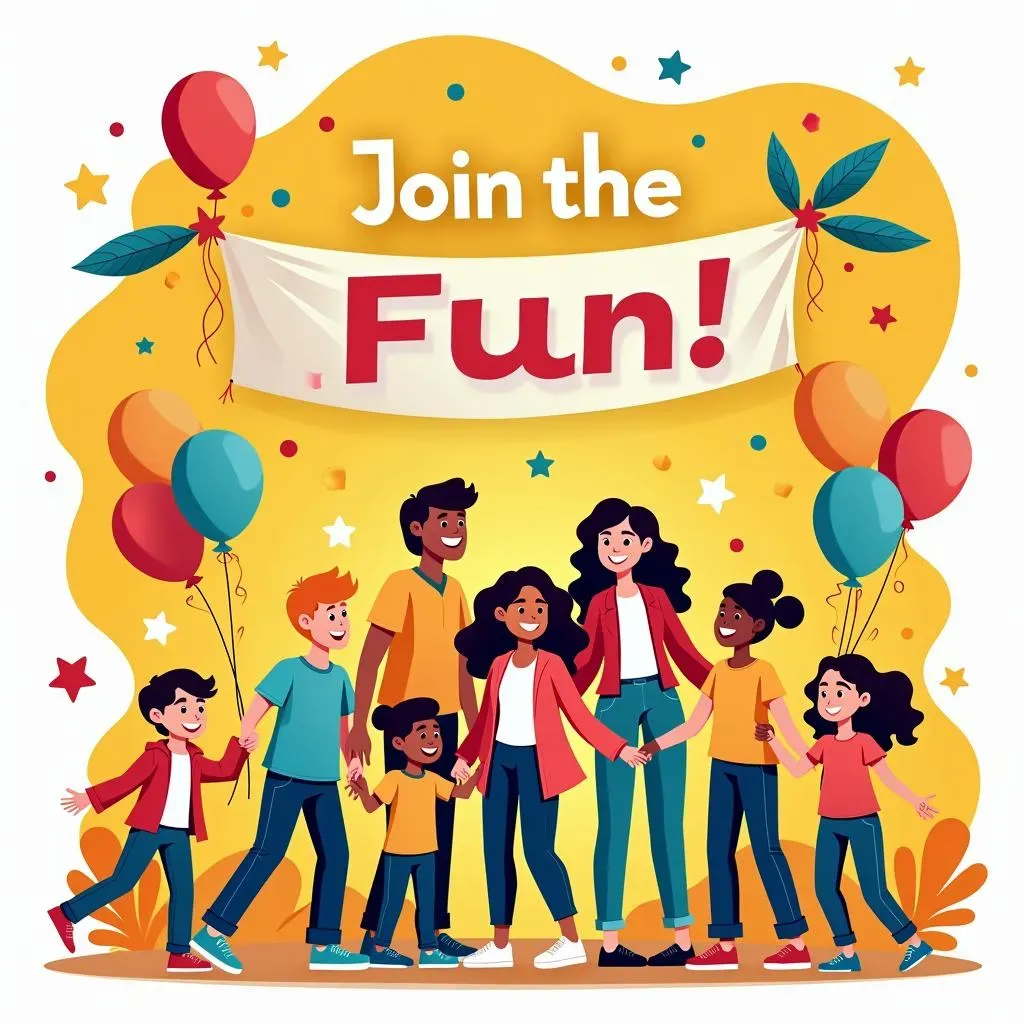Table of Contents
School fundraising is crucial for enriching educational experiences, but getting students, parents, and the wider community actively involved can be a challenge. This article tackles the question: "How to increase participation in school fundraising events" head-on. We'll explore effective strategies to boost engagement, covering everything from choosing the right fundraising activities to leveraging technology and community partnerships. We’ll delve into creative fundraising ideas designed to spark excitement and encourage participation from all age groups. Learn how to transform ordinary events into extraordinary fundraising opportunities. Finally, we'll provide a framework for analyzing past events, identifying areas for improvement, and planning even more successful fundraisers in the future. By the end, you'll have a clear roadmap for creating engaging and profitable school fundraising campaigns that benefit your school and foster a strong sense of community.
Effective Strategies to Increase Participation in School Fundraising Events

Effective Strategies to Increase Participation in School Fundraising Events
So, you're diving into the world of school fundraising, huh? Fantastic! The key to a truly successful event isn't just about picking a good idea, it's about getting *everyone* involved. Think of it like building a really awesome Lego castle – you need all the bricks to make something truly magnificent, and that means engaging students, parents, teachers, and even the wider community. One of the most effective strategies is to make fundraising fun and relevant to students' lives. Instead of a generic bake sale, consider a themed event like a "Superhero Fun Run" or a "Hollywood Movie Night," where kids can dress up and participate in activities they genuinely enjoy. This approach taps into their enthusiasm and makes the fundraising experience far more appealing. Remember, making it enjoyable increases participation automatically.
- Choose age-appropriate activities.
- Involve students in the planning process.
- Offer incentives and rewards for participation.
Another crucial aspect is clear and consistent communication. Don't just rely on a single announcement; use multiple channels – emails, school newsletters, social media, and even announcements during school assemblies. Keep parents and students updated on progress, share exciting photos and videos, and highlight the positive impact their contributions are making. Think about using a dedicated fundraising platform or website to centralize information and track progress; this makes it easier for everyone to stay informed and engaged. For more ideas on effective communication, check out our guide on promoting your fundraiser on social media.
Communication Channel | Advantages | Example |
|---|---|---|
Direct, personalized messaging | Weekly updates on fundraising progress | |
School Newsletter | Reaches a wide audience | Feature student success stories |
Social Media | Visual engagement, wider reach | Share photos and videos of event preparations |
Finally, remember the power of teamwork. Don't try to do it all yourself! Form a dedicated fundraising committee involving teachers, parents, and even enthusiastic students. Delegate tasks, assign responsibilities, and leverage everyone's unique skills and talents. This collaborative approach not only lightens the workload but also fosters a stronger sense of ownership and commitment to the fundraising efforts. Need help organizing your team? Our article on how to organize a school fundraiser can help.
Creative Fundraising Ideas to Boost Engagement in School Events

Creative Fundraising Ideas to Boost Engagement in School Events
Themed Events: Fun and Fundraising Combined
Let's ditch the dusty old bake sale and embrace the power of themed events! Think beyond the ordinary and tap into kids' passions. A "Superhero Fun Run" where students dress as their favorite heroes and complete obstacle courses is a fantastic way to combine fitness and fundraising. Or how about a "Hollywood Movie Night" with a red carpet entrance, popcorn sales, and a screening of a family-friendly film? The possibilities are endless! The key is to make it fun, interactive, and relevant to the students' interests. Remember, enthusiastic participation leads to higher donations.
For more unique ideas tailored to different age groups, check out our guide on elementary school fundraising ideas or high school fundraising ideas. These resources are packed with creative inspiration to get your fundraising juices flowing!
- Superhero Fun Run
- Hollywood Movie Night
- Talent Show Extravaganza
Gamification: Turning Fundraising into a Game
Who says fundraising can't be fun? Introduce elements of gamification to turn your event into a playful competition. A "Classroom Challenge" where classes compete to raise the most money, with the winning class earning a special reward (like a pizza party or extra recess time), can generate excitement and friendly rivalry. Consider using online platforms to track progress and display leaderboards, adding a visual element to the competition. This strategy taps into students' competitive spirit and makes fundraising feel less like a chore and more like a team effort. Don't underestimate the power of a little healthy competition!
For more tips on making your fundraiser engaging and fun, explore our collection of low-cost fundraising events. These ideas are designed to maximize impact without breaking the bank.
Game Element | Description | Example |
|---|---|---|
Classroom Challenge | Classes compete to raise the most funds | Winning class gets a pizza party |
Fundraising Leaderboard | Publicly display fundraising progress | Use an online platform to show results |
Community Involvement: Expanding Your Reach
Don't limit your fundraising efforts to just the school community. Involve the wider community by hosting a family-friendly event like a "Community Carnival" or a "School Fair." These events provide opportunities for local businesses to sponsor booths, participate in activities, and potentially offer donations. This not only boosts fundraising revenue but also strengthens ties between the school and the broader community. Think of it as a win-win situation—you raise funds, and the community gets to connect with the school in a positive and engaging way.
Want to learn more about engaging parents and the wider community? Check out our guide on engaging parents in school fundraising for practical strategies and tips.
Analyzing and Improving Participation in Future School Fundraising Events

Analyzing and Improving Participation in Future School Fundraising Events
Gathering Feedback: The Voice of the Community
Once your fundraising event wraps up, don't just pack away the decorations and forget about it! Gathering feedback is crucial for future success. Think of it as a post-event debrief – a chance to learn from both triumphs and challenges. Conduct surveys, both for participants and volunteers, to gauge satisfaction levels, identify areas of improvement, and discover what resonated with people. You can use online tools to make this process efficient and collect data easily. Ask specific questions about the event's format, activities, communication, and overall experience. This valuable input provides insights into what worked well and what needs tweaking for next time. Don’t be afraid to ask tough questions! Honest feedback is a gift.
Analyzing the data from your surveys will give you a clearer picture of what you need to improve on for future fundraising events. For instance, you can learn which communication channels were most effective in reaching your target audience and which weren’t effective at all. You can also find out what your participants enjoyed the most and what they didn’t enjoy and take steps to improve on that. For more detailed guidance on evaluating your fundraising efforts, check out our FAQ page: School Fundraising FAQs.
- Conduct post-event surveys.
- Analyze participation rates by age group.
- Review financial records to assess profitability.
Data-Driven Decisions: Refining Your Approach
Now that you’ve gathered feedback, it's time to put it to good use! Analyze the data you collected to identify trends and patterns. Look at participation rates across different age groups, compare the success of various fundraising activities, and assess the effectiveness of your communication strategies. By understanding what worked and what didn't, you can make informed decisions for future events. This data-driven approach helps you refine your strategy, target your efforts more effectively, and maximize participation and revenue. Remember, numbers don't lie!
Consider using a spreadsheet or project management software to keep track of the data you’ve collected and analyze the results. This will help you make informed decisions about your future fundraising events. For example, you can discover which strategies worked best and which ones you need to improve on. You can also use this information to set realistic fundraising goals for your future events. For more tips and insights on running successful campaigns, explore our best practices guide: School Fundraising Best Practices.
Metric | Analysis | Actionable Insight |
|---|---|---|
Participation Rates | Compare across age groups | Tailor activities to specific age ranges |
Fundraising Revenue | Analyze per activity | Prioritize high-performing activities |
